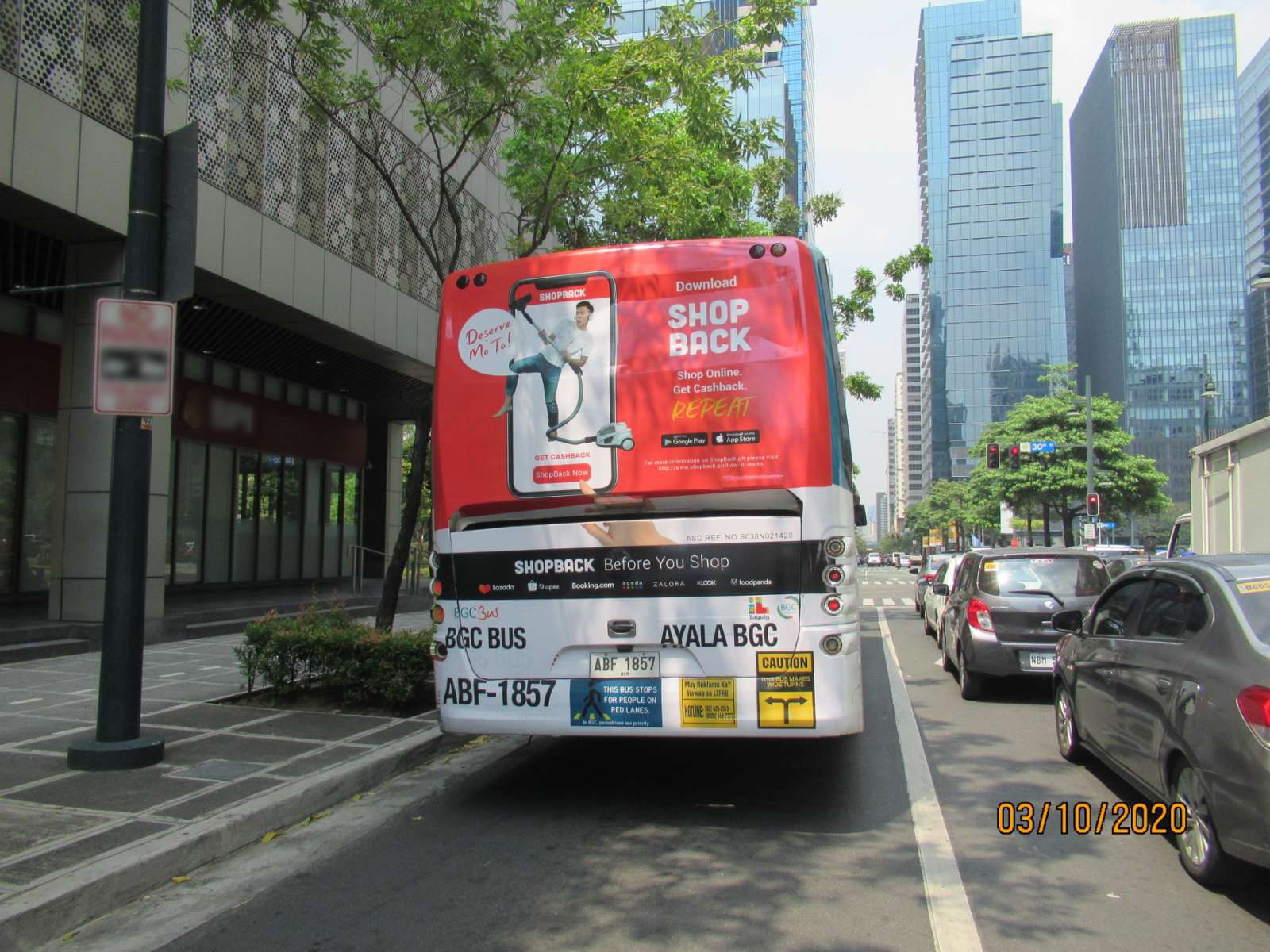Transit Advertising Philippines: Reach Countless Travelers Daily
Transit Advertising Philippines: Reach Countless Travelers Daily
Blog Article
A Thorough Exam of the Methods and Methods for Effective Transportation Marketing Campaigns
Transportation marketing projects supply an unique possibility for brand names to engage with varied audiences in vibrant settings. As we discover these essential elements, it becomes clear that the path to an impactful transportation marketing method is both gratifying and elaborate, elevating the concern of just how ideal to navigate these complexities for optimal brand visibility.
Understanding Target Demographics
Recognizing target demographics is important for the success of transportation ad campaign (Transit Advertising Philippines). Recognizing certain target market segments makes it possible for advertisers to customize their messages successfully, making certain that the web content reverberates with the designated visitors. This strategy enhances involvement and takes full advantage of roi
To properly evaluate target demographics, online marketers have to consider several crucial aspects, including age, income way of life, profession, and degree preferences. For example, a campaign focused on young professionals may concentrate on comfort and modernity, while one targeting families may highlight security and integrity. Additionally, geographic variables such as city versus country settings can significantly influence customer behavior and choices.
Information collection approaches such as studies, focus groups, and social media sites analytics give important insights into group trends and consumer routines. By leveraging this information, marketers can craft engaging stories that align with the values and needs of their target market.
Eventually, recognizing target demographics not only notifies the critical instructions of transportation marketing campaign however likewise makes certain that sources are alloted effectively. This targeted approach boosts the possibility of accomplishing campaign purposes, promoting brand name loyalty, and driving conversions.
Creative Style Strategies
Efficient interaction with target demographics counts greatly on cutting-edge creative style strategies en route advertising and marketing projects. To effectively record interest in a crowded aesthetic environment, developers should focus on quality and visual impact. Utilizing high-contrast components and bold shades can boost exposure, making sure that messages are conveniently readable from a distance.
Including dynamic imagery that reverberates with the target audience is critical. Visual storytelling methods can stimulate feelings and create remarkable organizations with the brand name. In addition, strategic use typography aids convey vital details rapidly; ideal dimensions and readable fonts better enhance readability.
Integrating interactive aspects, such as QR codes or augmented truth features, can involve commuters beyond passive observation (Transit Advertising Philippines). These strategies not only advertise customer interaction however also bridge the gap between conventional marketing and digital interaction
In addition, using space creatively-- whether on bus covers, transit sanctuaries, or subway ads-- can result in innovative layouts that break the mold and mildew of conventional advertising and marketing. By accepting creative creativity while preserving brand consistency, projects can foster a strong connection with their target market, ultimately driving both understanding and action. The combination of these layout techniques is vital for accomplishing successful transportation advertising results.
Strategic Positioning Approaches
Maximizing the influence of transit advertising rests on calculated positioning methods that make sure optimum visibility and involvement. Reliable placement involves assessing high-traffic locations and understanding passenger demographics to recognize one of the most useful areas for ad displays. For circumstances, positioning advertisements near entries and leaves of transit cars can capture the focus of boarding and alighting guests, therefore improving direct exposure.
Moreover, making use of both indoor and exterior surfaces of transportation vehicles can significantly expand reach. Outside ads, noticeable during commutes, engage pedestrians and various other drivers, while interior advertisements target passengers in a restricted environment. In you can check here addition, putting promotions in transportation centers, such as bus terminals or train stations, permits raised impressions as travelers transition between different modes of transportation.
Timing is additionally vital; lining up the project launch with peak traveling durations takes full advantage of target market involvement - Transit Advertising Philippines. In addition, leveraging digital screens en route settings can facilitate dynamic material, boosting and providing real-time updates user interaction. By click over here utilizing these calculated positioning approaches, online marketers can guarantee that their transit marketing campaign attain maximum exposure, reverberate with the target market, and inevitably drive desired end results

Measuring Campaign Performance
To examine the success of transportation ad campaign, it is important to utilize a selection of measurement techniques that offer insights into target market involvement and total performance. One key approach is the use of key efficiency indications (KPIs), such as reach, impacts, and engagement rates, which quantify how many individuals communicated and saw the promotion with it.
Studies and emphasis groups can also contribute in assessing consumer understandings and recall, enabling marketers to understand the impact of their messaging. Additionally, tracking internet site traffic and social media involvement during and after the project aids determine straight reactions to the advertising and marketing.
An additional efficient strategy is using location-based analytics, which can provide information on foot website traffic around particular transportation places, offering understandings into whether the project successfully recorded the interest of travelers. In addition, assessing sales data can disclose correlations in between transit advertising and raised profits, giving substantial proof of a campaign's effectiveness.
Case Studies of Success
Understanding the effectiveness of transit marketing campaigns with measurement methods lays the groundwork for analyzing real-world examples that show successful end results. By using geo-targeted electronic ads and analytics, the brand name measured a 30% rise in sales in regions where the wraps were plainly displayed, showing the straight effect of transportation advertising and marketing.
An additional engaging instance originates from a regional not-for-profit company that introduced a campaign on metro systems to advertise a neighborhood event. The company integrated dynamic visuals with QR codes directing travelers to a registration page. Post-campaign analysis revealed a 50% boost in event attendance compared to the previous year. Using straight engagement via innovation intensified the campaign's reach and efficiency.

Final Thought
In recap, successful transportation advertising projects demand a comprehensive method that integrates an understanding of target demographics, ingenious layout strategies, and strategic placement. Collectively, these techniques foster brand existence and maximize the click reference return on investment in transit marketing campaigns.
Recognizing target demographics is important for the success of transportation advertising and marketing projects.Effective communication with target demographics counts heavily on ingenious imaginative design methods in transportation advertising and marketing projects. By using these strategic placement techniques, marketers can ensure that their transit marketing projects accomplish optimal exposure, resonate with the target audience, and ultimately drive preferred end results.
Understanding the efficiency of transportation advertising and marketing campaigns via measurement methods lays the groundwork for analyzing real-world instances that illustrate successful end results.In recap, effective transit advertising and marketing projects demand a detailed strategy that incorporates an understanding of target demographics, innovative style strategies, and critical placement.
Report this page